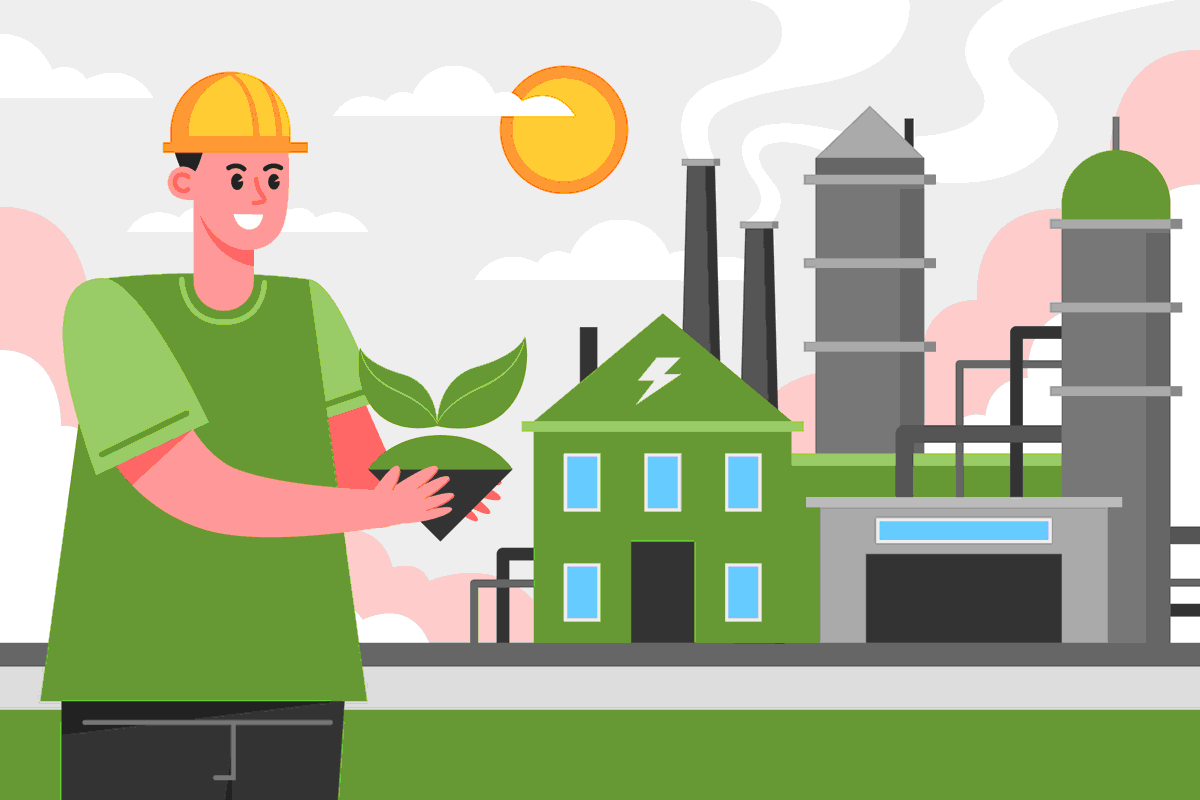
Unlocking the Potential of Coral Waste for Biogas Production: Factors Affecting Yield and Limitations
Renewable energy sources have become increasingly popular in recent years due to their potential to reduce carbon emissions and provide a sustainable alternative to non-renewable resources. Biogas production from organic waste is one such renewable energy source that has gained attention. Coral waste is a largely untapped resource for biogas production, and this article aims to explore its potential, the factors that affect yield, and the limitations of using coral waste for biogas production.
What is Coral Waste?
Coral waste is the organic matter that is generated by coral reefs. It includes fragments of coral, algae, and other organic material that break off and accumulate on the ocean floor. Coral waste is often considered a nuisance and can pose a threat to marine life if left untreated. However, recent studies have shown that coral waste can be a valuable resource for biogas production.
What is Biogas Production?
Biogas production is the process of converting organic matter into biogas, a mixture of methane and carbon dioxide. Biogas is a renewable energy source that can be used to generate electricity, heat, and fuel. Biogas is produced through a process called anaerobic digestion, in which microorganisms break down organic matter in the absence of oxygen.
How is Biogas Produced from Coral Waste?
Coral waste can be used as a substrate for anaerobic digestion to produce biogas. The process involves the collection and pretreatment of coral waste to remove any impurities or contaminants. The pretreated waste is then fed into an anaerobic digester, where it is broken down by microorganisms to produce biogas. The biogas can be captured and used as a renewable energy source.
What are the Factors Affecting Biogas Production from Coral Waste?
Several factors can affect biogas production from coral waste, including pH, temperature, and organic loading rate. Studies have shown that optimal pH for biogas production from coral waste is around 7.5, and the ideal temperature range is between 25°C and 35°C. Organic loading rate also plays a significant role in biogas production, with higher loading rates resulting in higher biogas yields.
What is the Potential Yield of Biogas from Coral Waste?
Studies have shown that coral waste can produce significant amounts of biogas, with methane yields ranging from 225 to 350 mL CH4/gVS. The potential yield of biogas from coral waste depends on several factors, including the type and quality of the waste, the pretreatment process, and the operational parameters of the anaerobic digester.
What are the Advantages and Limitations of Using Coral Waste for Biogas Production?
The use of coral waste for biogas production has several advantages. Firstly, it provides a sustainable solution for waste management, as coral waste is often considered a nuisance and can pose a threat to marine life if left untreated. Secondly, the use of coral waste for biogas production can help reduce greenhouse gas emissions and provide a renewable energy source. However, there are also limitations to using coral waste for biogas production. One such limitation is the availability and quality of coral waste. Coral waste is not readily available in all locations and may not be suitable for biogas production in some cases. Additionally, the cost of collecting, transporting, and pretreating coral waste can be high, which may make it less economically viable compared to other renewable energy sources.
Case Study:
In Indonesia, researchers have successfully used coral debris for biogas production, providing a sustainable solution for waste management. The researchers collected coral debris from a local beach and pretreated it using a combination of acid and
enzyme hydrolysis before subjecting it to anaerobic digestion. The results showed that the coral debris produced a methane yield of 0.33 m3/kg COD, which is comparable to other organic wastes used for biogas production.
Despite the promising results, there are limitations to using coral waste for biogas production. One of the main challenges is the availability and accessibility of coral waste. Coral reefs are sensitive ecosystems, and removing debris can have a negative impact on marine life. Additionally, coral waste is not readily available in all regions, which can make it difficult to scale up biogas production using this feedstock.
Another factor that can affect biogas production from coral waste is the composition of the waste itself. Coral debris can contain a variety of materials, including sand, shells, and algae, which can affect the quality and quantity of biogas produced. Proper pretreatment and monitoring of the anaerobic digestion process are necessary to ensure optimal biogas yield.
Despite these limitations, the use of coral waste for biogas production has the potential to provide a sustainable solution for waste management and renewable energy production. By converting organic waste into a useful resource, biogas production from coral waste can help reduce greenhouse gas emissions and provide a reliable energy source.
Conclusion:
In conclusion, the potential of coral waste for biogas production is an exciting area of research that holds promise for sustainable waste management and renewable energy production. Studies have shown that coral waste can produce significant amounts of biogas, and factors such as pH, temperature, and organic loading rate can affect biogas yield. However, there are limitations to using coral waste for biogas production, including the availability and accessibility of coral waste and the composition of the waste itself. Despite these challenges, the use of coral waste for biogas production has the potential to provide a sustainable solution for waste management and renewable energy production. Further research is needed to explore the potential of coral waste as a feedstock for biogas production and to develop efficient and sustainable biogas production methods.
Environment and Ecology

